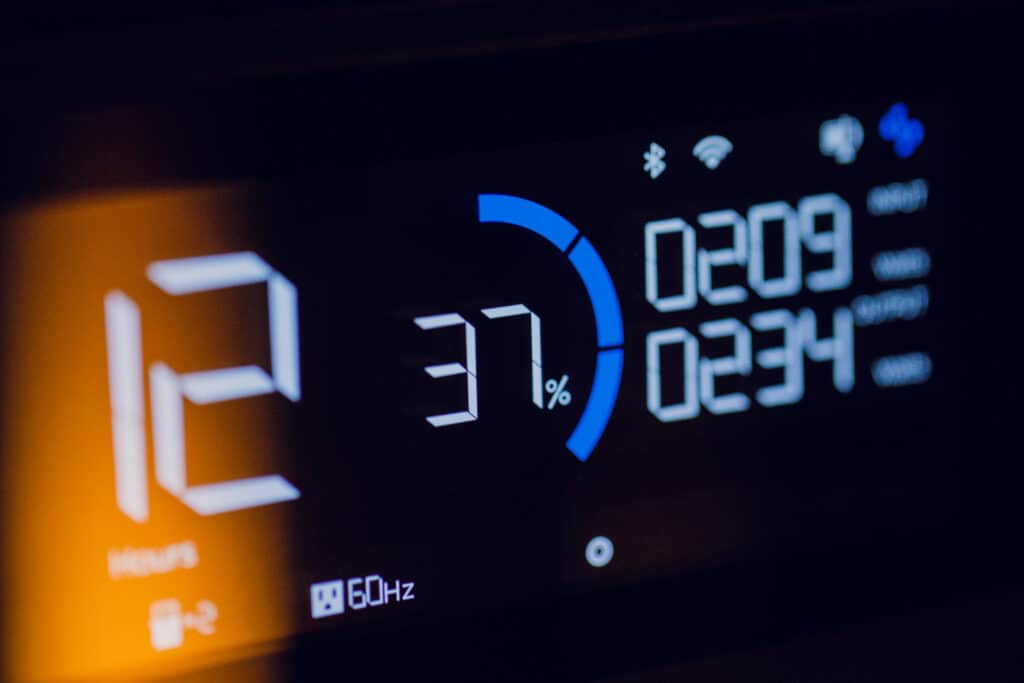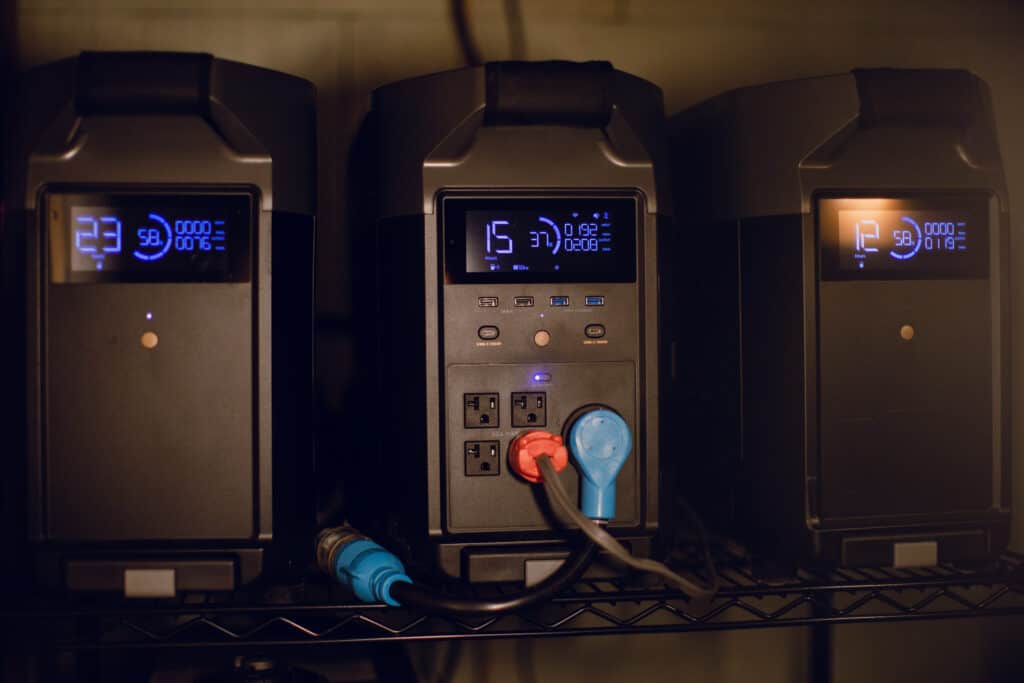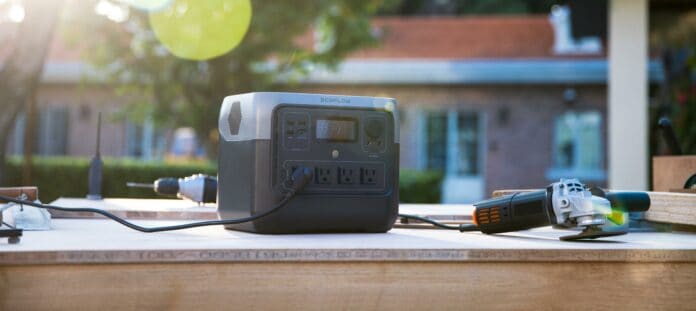Table of Contents
Introduction
We rely significantly on portable electronic devices to keep connected, educated, and entertained in today’s fast-paced environment. We have grown accustomed to relying on these gadgets for a variety of functions, from smartphones and tablets to laptops and portable power stations. Making sure that our devices have adequate battery life to last the entire day is one of our toughest difficulties, though. Here is where the idea of mAh comes into play.
mAh, short for milliampere-hour, is a unit of measurement used to indicate the capacity of a battery. In this blog, we will delve into the details of mAh, explaining what it is, how it works, and why it matters for consumers. We will cover the basics of electricity and battery technology, and explain how mAh is used to measure the amount of energy a battery can store. By the end of this blog, you will have a better understanding of mAh and its role in battery life, allowing you to make more informed decisions when choosing electronic devices.

The Basics of Electricity and Battery Technology
Before we can dive into mAh and battery capacity, we need to understand the basics of electricity and battery technology. At its core, electricity is the flow of charged particles (usually electrons) through a conductor, such as a wire. This flow of electricity can be harnessed to power electronic devices.
Batteries are devices that store electrical energy chemically and release it as needed. When a battery is connected to a circuit, a chemical reaction occurs between the electrodes and the electrolyte, generating a flow of electrons through the circuit.
There are many types of batteries, but the most common type used in portable electronic devices is the lithium-ion battery. Lithium-ion batteries are lightweight, rechargeable, and have a high energy density (meaning they can store a lot of energy in a small space). However, they are also expensive to produce and can be dangerous if not handled properly.

What is mAh?
Now that we have a basic understanding of battery technology, we can delve into the concept of mAh. Simply put, mAh is a measure of how much electrical charge a battery can hold. Specifically, it represents the amount of current that a battery can supply for one hour before it is fully discharged.
The milliampere-hour is a small unit of measurement, with one milliampere-hour equaling one-thousandth of an ampere-hour (Ah). This means that a battery with a capacity of 3,000 mAh can supply 3 amps of current for one hour, or 1.5 amps for two hours, and so on.
It is important to note that mAh is not the only factor that determines battery life. Other factors, such as the type of device, the screen brightness, and the usage patterns, can also have a significant impact on battery life. However, mAh is a good starting point for understanding battery capacity and comparing different devices.
What Does mAh Indicate?
mAh (milliampere-hour) indicates the charge capacity of a battery and how long it can power a device. The higher the mAh rating, the longer the battery is expected to last.
How Does mAh Affect Battery Life?
Now that we understand what mAh is, let’s take a closer look at how it affects battery life. In general, the higher the mAh rating of a battery, the longer it will last between charges. For example, a smartphone with a 3,000 mAh battery will typically last longer than a smartphone with a 2,000 mAh battery.
However, it is important to note that battery life is not linear. In other words, a battery with twice the mAh rating will not necessarily last twice as long. This is because the energy requirements of a device are not constant, but rather vary depending on the usage patterns. For example, watching videos or playing games on a smartphone will drain the battery much faster than simply browsing the web or checking emails.
In addition, battery life can also be affected by other factors such as the device’s screen size and resolution, the type of processor and graphics chip used, and the software optimization. For example, a high-end smartphone with a 4K display and a powerful processor will typically have a shorter battery life than a budget smartphone with a 720p display and a less powerful processor, even if both devices have the same mAh rating.
Furthermore, battery life can also be affected by external factors such as the temperature and the charging habits. Extreme temperatures, either too hot or too cold, can cause the battery to degrade faster, while improper charging habits, such as overcharging or using a non-certified charger, can also damage the battery and reduce its capacity.

Choosing the Right Device Based on mAh
Now that we understand how mAh affects battery life, we can use this knowledge to make more informed decisions when choosing electronic devices. When comparing devices, it is important to consider the mAh rating as well as other factors such as the screen size, processor, and software optimization.
For example, if battery life is a top priority, then choosing a device with a higher mAh rating may be a good option. On the other hand, if portability and weight are more important, then choosing a device with a smaller battery and a lower mAh rating may be a better choice.
In addition, it is important to consider the overall value and features of the device, as well as the brand reputation and customer service. A device with a high mAh rating may not necessarily be the best choice if it lacks other important features or has a poor reputation for reliability.
Conclusion
In conclusion, mAh is a critical factor in understanding battery capacity and choosing electronic devices that meet our needs. While it is not the only factor that affects battery life, it is an important starting point for comparing devices and making informed decisions. By understanding the basics of electricity and battery technology, we can better understand how mAh works and use this knowledge to make smarter purchasing decisions.
FAQs
mAh stands for milliampere-hours, which is a measure of electric charge.
Not necessarily. The mAh rating is just one factor that affects battery life. Other factors such as usage patterns, external factors, and software optimization can also impact battery life.
Not necessarily. The physical size of a battery is not directly related to its mAh rating.
No, a battery with a higher mAh rating will not damage your device. However, using a non-certified charger or overcharging the battery can cause damage.
To maximize your device’s battery life, you can adjust settings such as screen brightness and screen timeout, use power-saving modes, and avoid running multiple apps at the same time.
It depends on the device. Some devices have removable batteries that can be replaced with a higher mAh battery, while others have non-removable batteries that cannot be replaced.
It is generally better to keep your device’s battery between 20% and 80% to maximize its lifespan. Charging to 100% or letting the battery drain to 0% can cause damage over time.
